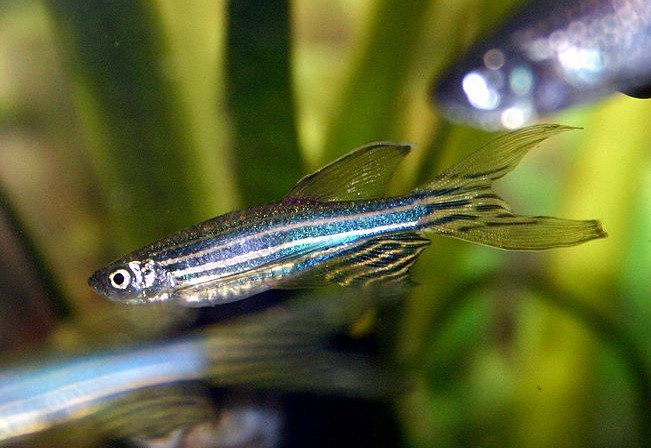How the zebrafish could help repair spinal cord injuries
Unlike humans, zebrafish have a heightened capacity to heal from spinal cord injuries.

Studying the zebrafish may be key to finding new treatments to repair spinal cord injuries. One of their proteins appears to facilitate healing and allows them to recover – an ability which so far has escaped humans.
Spinal cord injuries are among the most serious injuries that humans can experience. Like all mammals, we are unable to regenerate our nervous system which means that a severed spinal cord means life-long injury.
Scientists have always been puzzled at the zebrafish's ability to recover from injuries that would leave humans paralysed. However, little research has been published to explain the mechanisms behind this extraordinary feature.
The evidence gathered so far point to the role of glial cells: in humans, these cells cause scarring that interferes with spinal cord repair after an injury, but in the fish, they actually seem to help.
In a study published in the journal Science, researchers at Duke University have studied the little animals to understand how their bodies responded to a severe nervous system injury, and whether this could help them find treatment for humans.
"This is one of nature's most remarkable feats of regeneration," explained senior researcher Kenneth Poss. "Given the limited number of successful therapies available today for repairing lost tissues, we need to look to animals like zebrafish for new clues about how to stimulate regeneration."
Genes that act differently
When zebrafish sustain an injury, scientists have observed that glial cells help create a bridge across severed spinal cord tissues. The cells extent projections into a distance tens of times their own length, connecting across the gap caused by the injury – in just eight weeks the injury and the paralysis it caused are just bad memories.
To understand why glial cells work in that way, the scientists have studied the genome of injured zebrafish for signs of altered gene activity. The identified twelve genes that were strongly activated, one of which coded for a protein known as 'connective tissue growth factor' (CTGF). The levels of this protein appeared to rise quickly in glial cells in the first two weeks that followed the injury.

Humans also have their own version of the CTGF protein which is about 90% similar to the one found in zebrafish. The scientists added human CTGF to the fish, at the site of the injury. This also triggered regeneration and allowed the zebrafish to recover.
This suggests that humans naturally have a protein which can boost regeneration, but other factors within zebrafish spinal tissue may explain why they heal and humans do not. CTGF is probably not enough for people to regenerate their own spinal cords, as healing is more complex in mammals. "I don't think CTGF is the complete answer, but it's a great thing to have in hand to inform new ways to think about the real challenge of trying to improve regeneration," Poss concluded.
© Copyright IBTimes 2025. All rights reserved.






















